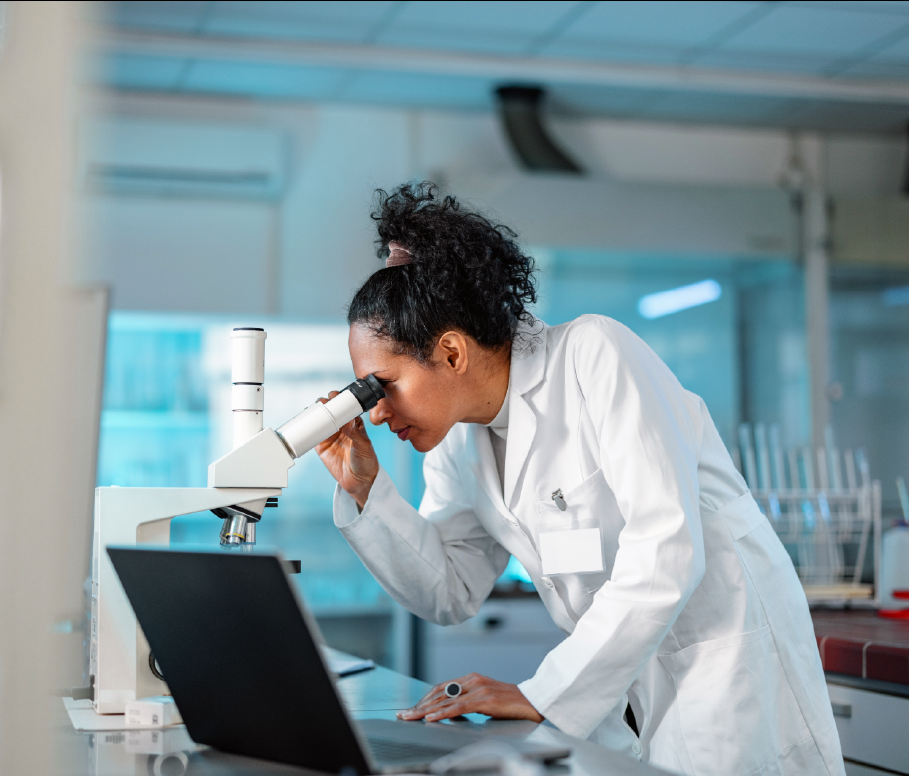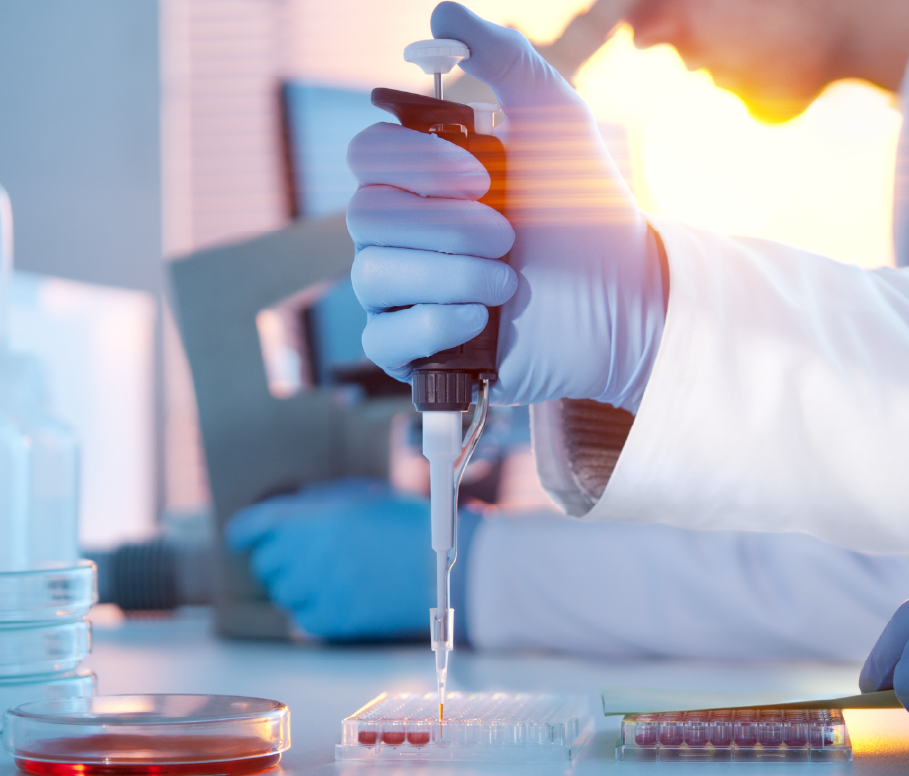The coronavirus was declared a pandemic three years ago, sparking an acceleration of scientific innovation that led to the fastest vaccine rollout in history and highest ever global vaccination rate against a single disease in one year. This is particularly impressive considering vaccines typically take 5 to 10 years to develop. What lessons can we learn from this global response? Looking back, it’s clear that intellectual property (IP) and global collaboration were critical to our ability to combat COVID-19 – and must remain central to our preparations for future pandemics.
Innovators, Building on Decades Worth of R&D and Supported by IP, Enabled Rapid Innovation
Today, 13 COVID-19 vaccines have been granted Emergency Use Listing by the World Health Organization and more than 13.3 billion doses have been administered across the globe. Further, 18 different treatments [RM1] have been approved for COVID-19 across the European Union, United Kingdom and United States. These innovations were built on decades of research and development (R&D) by the biopharmaceutical industry. For example, mRNA vaccine technology was developed from extensive research over many years, beginning well before the pandemic. Thanks to the support and protection provided by strong IP protections, innovators were able to leverage knowledge and quickly apply previous learnings to help fight the pandemic.
IP Incentivized and Protected Innovators – and Continues To
Developing any vaccine or treatment requires significant investment, with it costing up to $2 billon to bring a drug to market. Moreover, only about 12% of drugs entering clinical trials ultimately receive approval in the US. Robust IP protections reduce the risk of investments and enable companies to allocate the necessary resources to R&D by granting them exclusive rights to new inventions. Additionally, the investments and research towards fighting the COVID-19 pandemic may continue to have additional benefits and applications; for example, the mRNA technology used to create novel vaccines are being studied for other diseases, including cancer. To be best prepared for future health threats, we must ensure IP is protected, as it is crucial in incentivizing inventors, entrepreneurs and investors.
IP Facilitated Valuable Collaboration that Delivered Solutions Across the Globe
IP empowers collaboration between the public and private sectors and within the private sector, which is necessary to scale up access to innovation. Mechanisms such as patent licensing facilitate partnerships by giving innovators a path to safely share information and technology. Such collaborations enabled COVID-19 vaccines and treatments to be delivered across the globe. For example, Gilead entered into voluntary, royalty-free licensing agreements with 9 generic manufacturers to ensure supply and distribution of remdesivir across 127 countries. To date, the treatment has been made available to more than 8 million people in low and lower-middle income countries. Collaboration will continue to be crucial in the response to any future global health crisis. We must ensure IP rights are protected, so that public and private entities have the necessary avenues for partnership.
The COVID-19 pandemic demonstrated just how essential investment and collaboration are to innovation; and both are enabled by IP. IP has played a critical role in the extraordinary advancements made in the fight against COVID-19 over the last three years, and will continue to do so for life-saving technologies to come. To both prepare for and respond to future pandemics, we must apply these learnings, encourage voluntary collaboration and protect IP.
The COVID-19 pandemic demonstrated just how essential investment and collaboration are to innovation, both of which are enabled by IP.


